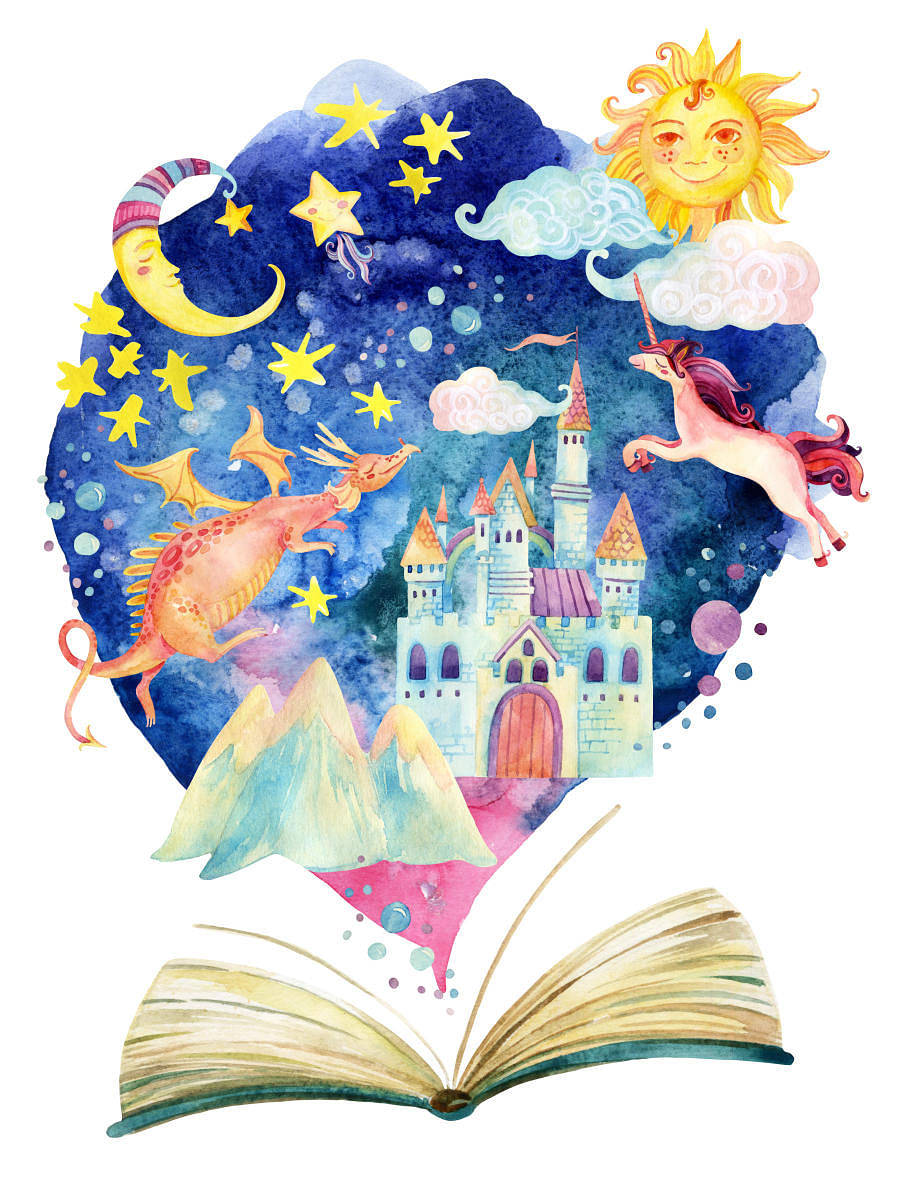Whose face doesn’t light up at the mere mention of the word ‘story’? Such is the power of storytelling. Perhaps, this art is the mother of communication across cultures. There could be a culture which is not literate, but there couldn’t be any without a legacy of stories.
Hence, it is not surprising that stories can be a powerful tool for effective learning in the classrooms. Several studies have stressed the fact that stories have a manifold impact on students, at various levels:
Set the stage: Stories are the perfect icebreakers to start with. An anecdote is enough to strike a bond between the teacher and the pupil. Any inhibition and fear that holds back the student is done away with, bringing emotional proximity.
Relaxed learning: Stories can make the process of learning quite entertaining and enjoyable. This creates a stress-free environment and does not drain the students.
Alert mind: Students are all ears for stories. Alertness is at its peak while listening to stories.
Attention span: Stories can develop listening skills among students. They hold the attention of wandering minds for quite a long time, prolonging the attention span.
Active participation: Pupils are active participators in a set up where stories are used to impart knowledge. Teaching them with mere facts and figures make them passive receptors of knowledge. Classes can be made more interactive through stories.
creativity: It aids the train of thinking and imagination to chug off. With every story, their imagination runs riot.
Generates interest: More than imparting information, a teacher should be in a position to create interest in the subject taught. The interest generated through stories takes them back to textbooks and also to other sources for additional information.
Interests reluctant learners: Stories interest everyone irrespective of academic inclination. This new-found interest may instil interest in passive and reluctant learners.
The process
A class can begin with a story, which eventually leads to the topic at hand. Stories can be used to teach every topic, be it language or a core subject. Difficult concepts can be illustrated through stories. Any concept taught using a story will remain for years.
While teaching language, a teacher should have some new words, idioms, phrases and grammar concepts in mind. While explaining the text, those words or concepts should be repeated as many times as possible driving home the meaning and usage of such expressions. Students can be encouraged to come up with different expressions.
Teaching abstract concepts is not an easy task. Build a story around them, the concept is absorbed soon! Stories are nothing but humanising the concepts.
Even mathematics and science can be taught through stories. The logic behind every concept, theory and formula should be explained through stories.
A popular story to remember the symbiotic relationship in a lichen goes thus: Freddy Fungus was good at building houses, but did not know to cook. For his food, he had to find dead plants or animals around. Once he could not find anything to eat. Sitting on a tree stump, poor Freddy happened to spot a green thing at a rain puddle. It was Alice Algae who was preparing food in the sunlight. Greetings were exchanged and eventually, both grew fond of each other. They both got married and lived together happily ever after. Freddy built the house and Alice cooked food, provided there was sunlight. It’s a symbiotic relationship between a fungus and algae. The very sight of a lichen on a rock or any hard surface reminds one of this mutually beneficial arrangement.
In maths, the addition of two negative numbers is a negative number, the number being the sum of two numbers. Too confusing for beginners.
My teacher explained it thus: When you lend Rs 100, you are ‘minus’ of the amount. Again if you lend another Rs 250 to another person, you are ‘minus’ of Rs 250. So two minuses of Rs 100 and Rs 250 together make a ‘minus’ of Rs 350. The plus-minus puzzle can be easily solved through this method. This simple logic taught decades ago has still stayed with me.
History is a story itself sprinkled with names and years. History repeats, hence the past should be made relevant by drawing analogies with the present.
Every topic of the textbook should be related to real life situations as much as possible. The teacher and the lesson taught through stories will be remembered for years. These joyful learning experiences are relished forever.
